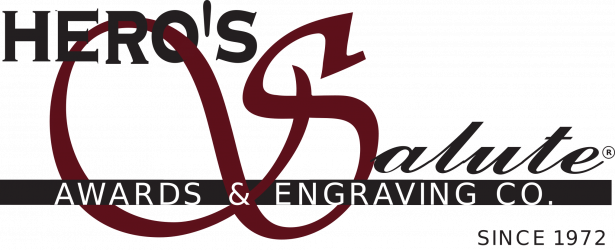Manager Involvement
- Employees work for managers, not organizations. Manager feedback has the ability to make employees feel appreciated or unimportant. If your employees don’t feel appreciated, they become disengaged and begin looking for a job elsewhere. Employees often leave jobs because of their relationship with their manager, not because of the organization itself.
- The manager-employee relationship determines employee satisfaction. The relationship your managers have with their employees often determines their happiness and satisfaction at work. Supportive managers that help their employees set and achieve goals are the key drivers of employee engagement.
The most effective way to make sure managers buy in is to show them how important employee engagement is to the bottom line. Money talks, and if you can show how profits will increase, managers are more likely to buy in.
If you need to gain buy-in, focus on these points:
- • Employee productivity: engaged employees are more productive, increasing efficiency throughout the organization.
- • Employee retention: retaining employees means you don’t have to spend time and money training new employees. As a bonus, employee morale increases when turnover is lower.
- • Customer satisfaction rates: satisfied employees lead to satisfied customers. When your customers are happy, they spend more with you, increasing your profits.
Many organizations have a hard time holding managers accountable for their role in making a recognition program successful. Here are a few suggestions:
- • Add “recognizing employees” to a manager’s job description
- • Train managers to make meaningful recognition presentations
- • Develop an easy way for managers to track their own progress
- • Report the results of the recognition program back to the managers so they know what’s working and what isn’t
- • Define performance objectives for all managers
Oftentimes, organizations have senior-level managers and middle managers who play distinctly different roles in a recognition program. Senior managers usually strategize while middle managers implement. Recognition Professionals International (RPI) separates management responsibilities into five key elements:
- Strategy:
- Senior managers define and document the overall strategy.
- Middle managers oversee the day-to-day activities in an organization.
- Involvement
- Senior managers support the recognition program, communicate with all employees, and are personally involved in planning the program.
- Middle managers present employees with formal, informal, and day-to-day recognition. They determine when and how recognition happens in their department and implement any changes when necessary.
- Resources
- Senior managers provide the financial resources to keep the recognition program going strong.
- Middle managers use those resources to implement the program.
- Accountability
- Senior managers make recognition part of a middle manager’s job description.
- Middle managers know that senior management will hold them accountable for their participation in the program.
- Review
- Senior managers periodically review the recognition program to determine effectiveness.
- Middle managers are held accountable and track employee engagement within their departments.
- • I saw what you did…
- • I appreciate it because…
- • Here’s why it’s important…
- • Here’s how it makes me feel…
Now you have the tools to build an action plan for your managers.
